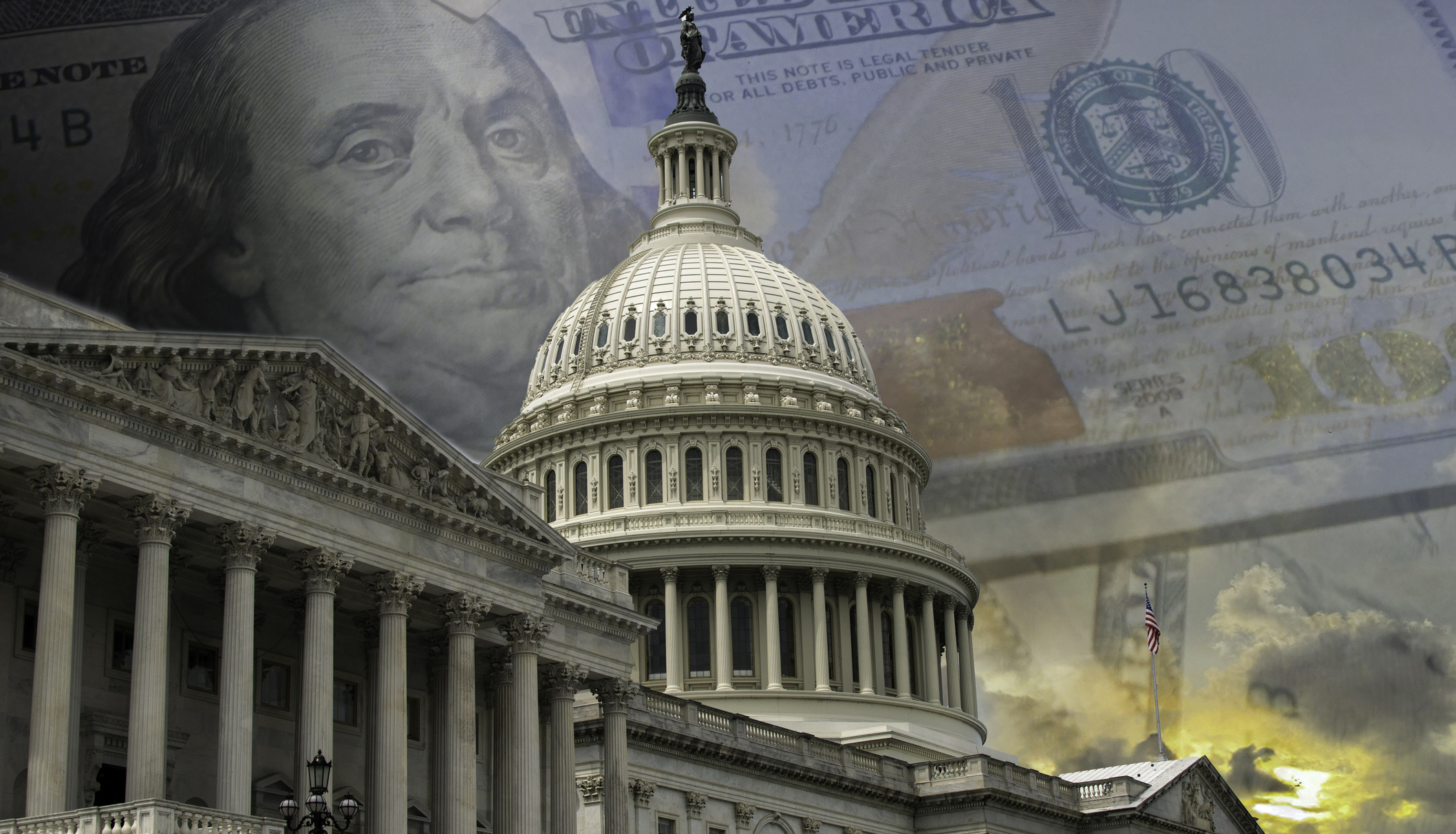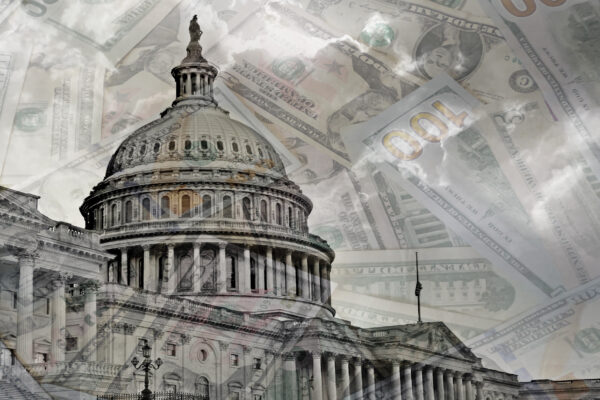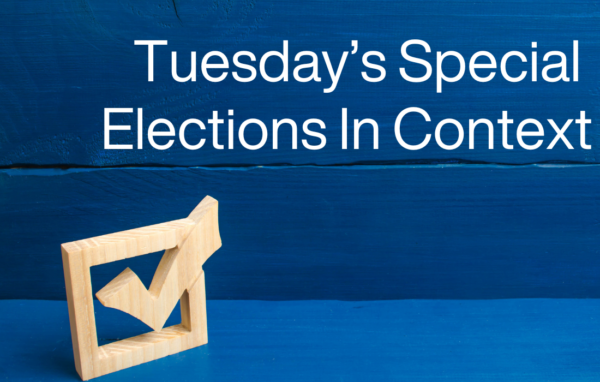This is a summary of key findings from research on the US fiscal outlook and tax policy debate. Findings are based on a survey fielded January 7-10 of 1200 registered voters. It also draws on findings from a series of recent focus group listening sessions conducted by the Winston Group.
- Coming out of the election, Republicans retain leads on economic issue handling. They lead 52-37 on the economy; 51-35 on inflation; 48-39 on taxes; and 48-40 on jobs. They have a particularly sizable lead on debt/deficit (50-32).
- Outlook on the economy is negative among voters overall (28-55 right direction-wrong track) and independents (21-61). Inflation was the construct by which people viewed the economy.
- Among Republicans, there is clearly an expectation that prices for household expenses like groceries and gas will decrease (63%) after President Trump takes office, rather than increase (11%) or not change (20%).
- Voters were presented with a list of outcomes from tax policy and asked them to rate them based on their importance, with 1 indicating that the outcome was not important at all and 9 indicating that it was extremely important. While each was seen as important, the top priority was helps you deal with inflation and high prices in your household budget (mean 7.52), followed by creating economic growth (7.39) and greater ability to save for the future and retirement (7.38).
- Statements about the debt and deficit were believable to voters.
- The federal government has spent $6 trillion or more the last four years in a row which is a new record for government spending. (61-15 believe-do not believe)
- If we continue down this path, in the future we will be faced with higher taxes, higher interest rates, and an economy that doesn’t work for working Americans. (72-14)
- The federal debt has nearly doubled since 2017. (67-11)
- In terms of debt solutions, spending cuts and tax increases are not on equal footing. Voters want government spending to be addressed first, as they do not believe they should be penalized for the government’s overspending. Voters have not ruled out tax increases, but this is seen as a last resort rather than first option.
- In a direct choice, government spending was overwhelmingly seen as a bigger problem (76%) than not enough revenue coming in from taxes (16%). This is the case across party (Republicans: 89-7; Independents 77-15; Democrats 63-27).
- People do not accept that taxes should go up for everyone even in the context of entitlement programs: Because of the national debt and needing to shore up Social Security and Medicare, we have no choice but to accept that taxes must go up for everyone (33-49 believe-do not believe). This statement is not believed by voters of any partisan affiliation (Republicans 32-50, independents 30-52, Democrats 36-44). This is a significant obstacle for advocates of tax increases.
- Retirement was a prevalent concern throughout the research. Concern about running out of income in retirement was a stronger concern than their overall retirement situation. 61% said they were confident in their retirement plan (61-37 confident-not confident) but this was largely “somewhat confident” (42%) rather than “very confident” (19%). The concern about running out of retirement income was even more intense, with 66% concerned about this but half of this percentage is “very concerned” (30%).
- Only one in four — 24% of the electorate — said they received a tax cut from the Tax Cuts and Jobs Act passed in 2017 (24-51 yes-no). This included only 30% of Republicans and 34% of conservative Republicans.
- Views of the Tax Cuts And Jobs Act were a slight positive but with large numbers of undecideds. This was also the case among Republicans. Republicans were moved positively by the messaging, with independents being moved after seeing the list of expiring provisions. This means there needs to be a different communications approach for Republicans and independents. Our research indicates that the challenge is around knowledge about the bill, not simply a message challenge. This is the strategic challenge for selling the idea of renewing the tax provisions.
Among voters who said they did receive a tax cut from the law, support for the provisions was much higher (68%) than among those who said they did not (33%) or did not know (29%).
- We tested a series of supporting and opposing statements for renewing TCJA provisions. The statements in support of renewing the TCJA provisions were more believable than opposing statements, and all but one statement reached over 50% believing it. The three statements in favor of extending tax provisions that were the strongest:
- Washington never returned to pre-COVID spending levels of less than 4.5 trillion a year. Starting in 2020, government spending levels every year have topped more than 6 trillion dollars. Until government spending is addressed, Washington shouldn’t be taking more money from taxpayers (65-9 believe-do not believe).
- When the tax rate is lowered, businesses can invest more in their communities, lower costs for consumers, and create jobs. (60-20). An important distinction here is that, as we heard in the focus groups, people were skeptical that businesses would do this and follow through. But in terms of their ability to do good things with lower rates, this is a believable statement.
- People are still recovering from the COVID-19 pandemic and inflation. Renewing the tax provisions will help keep money in people’s pockets to manage inflation and cover household expenses. (58-21)
- As we heard in the listening sessions, people cannot define a “fair share of taxes,” and this includes people who advocate for corporations and the wealthy paying a fair share. There is a significant underestimation of the tax rates that wealthy individuals and small businesses are paying, and the rate that is defined as a “fair share” is in large part lower than current tax rates.
For more of our Tax Tools, click here.







